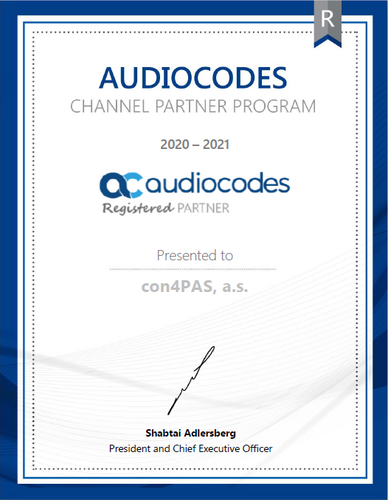
A reverse auction is a real-time online sourcing event during which participants – suppliers submit competitive bids for specific goods or services to win the business of a buyer. Typically, auctions are preceded by other sourcing events, like Request for Information and Request for Proposal. These events are used for gathering pre-qualifying information for live auctions.
SAP Ariba Guided Sourcing solution enables buyers to create and monitor auction events, award best bids and create follow-on documents from the awarded bids in an integrated scenario with ERP system.
There are 3 types of reverse auction events supported by SAP Ariba Guided Sourcing:
In English and Japanese reverse auctions, participants can submit multiple bids whereas in a Dutch reverse auction, they may submit only one bid.
In an English reverse auction, that is the most commonly used type of auction, the bidding opens with a high price and the suppliers submit bids that quote progressively lower prices in an effort to outdo their competitors and offer the buyer the best price.
Bid console with bid history in English reverse auction:
The main feature of the Dutch reverse auction is the price increase at configured time intervals. The buyer sets a very low initial price that is automatically raised at configured intervals. It is common to set the starting price just below the absolute lowest price for which the buyer anticipates the supplier is willing to sell it. Once the bidding is open, the price is automatically adjusted until one of the participants accepts the price or the ceiling is reached. The supplier, who first accepts the price, wins the bidding and the auction is closed. A Dutch auction pressures participants to bid the best price they possibly can and to bid before their competitors can take the business away.
Bid console on the supplier side in a Dutch reverse auction: the supplier can see the current price, bid adjustment and time until next adjustment:
In a Japanese reverse auction, the price level falls at configured intervals. Participants can choose to accept the price levels as they drop. Suppliers accept to stay in the negotiation while the price is decreasing on a given interval. Suppliers who do no longer accept the given price, will simply not accept the price and will automatically drop out of the auction. The strategic buyer defines the awarding strategy in the auction template and with that how many suppliers are accepted for the final bid acceptance. This enables single or multi awarding.
This video compares the English, Dutch and Japanese reverse auction formats, including advice on applications (source YouTube SAP Ariba ).
Interested in the article and want to know more? |
Read more about the solutions in Supplier Management line of business.
SAP Ariba Procurement SAP SRM SAP S/4HANA for Central Procurement Managing Contract Compliance in SAP Ariba Procurement
Tactical sourcing in SAP Ariba cloud
Approval workflows in SAP Ariba Procurement
SAP Ariba Supplier Lifecycle and Performance
SAP Ariba Commerce Automation
SAP Ariba Contract Management
DocuSign – easy and fast electronic signatures
Catalog management in SAP Ariba
SAP Ariba Network to become part of new SAP Business Network
Mobile app SAP Ariba Procurement


